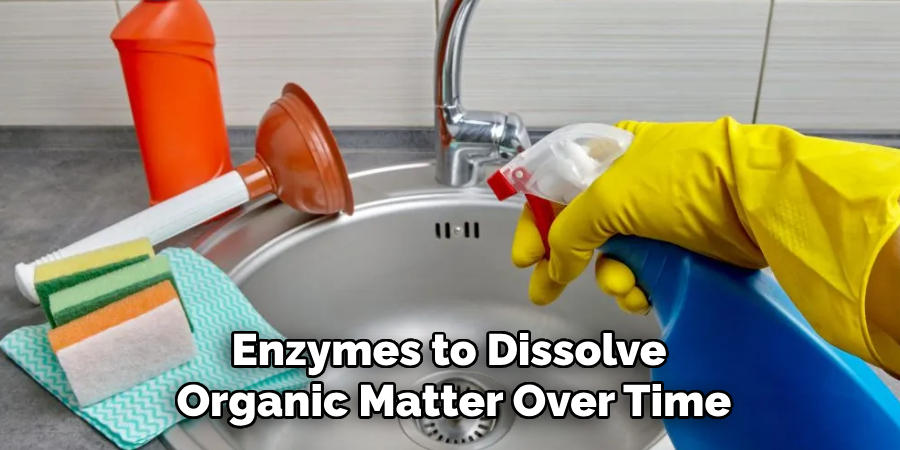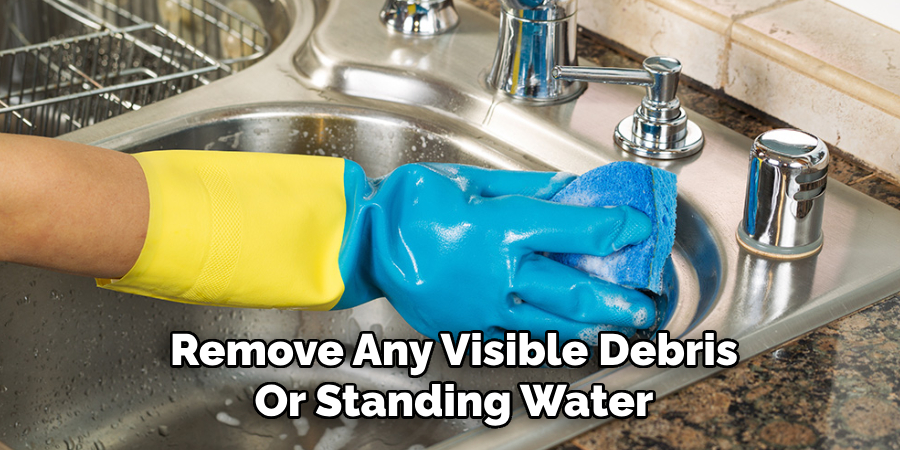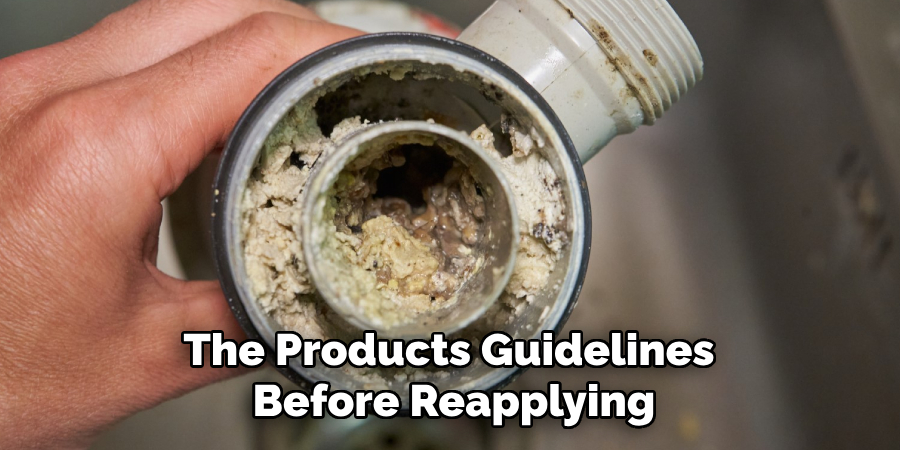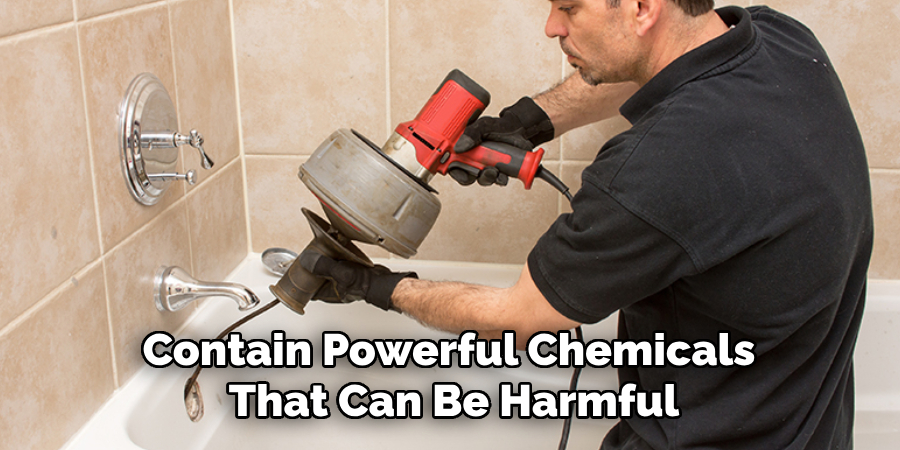Clogged drains are a common household issue that can disrupt your daily routine. Fortunately, drain cleaners provide an effective and convenient solution to clear blockages and restore proper flow. Whether you’re dealing with a slow-draining sink or a completely clogged pipe, understanding how to use drain cleaner safely and effectively is essential. This guide will walk you through the steps to ensure optimal results while maintaining safety.
Types of Drain Cleaners

Drain cleaners are available in several types, each designed to address different kinds of clogs and plumbing needs. Understanding these options can help you choose the most suitable product for your situation:
- Chemical Drain Cleaners
These cleaners use powerful chemical reactions to dissolve clogs caused by grease, hair, soap, and other debris. They are typically available in liquid, gel, or powder form and are effective for tough blockages. However, they should be used with care as they can be harsh on pipes and harmful if not handled properly.
- Enzymatic Drain Cleaners
Enzymatic cleaners rely on natural bacteria or enzymes to break down organic material over time. They are environmentally friendly and safe for regular use, making them ideal for maintaining clear pipes. However, they may not be as fast-acting as chemical alternatives for severe clogs.
- Mechanical Drain Cleaners
These include tools like drain snakes, plungers, or augers that physically remove blockages from pipes. They require manual effort but avoid the use of chemicals, making them a great choice for eco-conscious individuals or delicate plumbing systems.
- Homemade Solutions
Simple household items like baking soda and vinegar can sometimes be used to clear minor clogs naturally. These solutions are budget-friendly and safe to use but may not be suitable for larger or more stubborn blockages.
Selecting the right type of drain cleaner depends on the nature of the clog, the type of plumbing in your home, and personal preferences regarding safety and environmental impact.
When to Use Drain Cleaner
Knowing when to use a drain cleaner can help prevent plumbing issues from escalating and save time and money. Drain cleaners are most effective for common clogs caused by hair, grease, soap scum, or food debris in sinks, showers, or bathtub drains. If you notice water draining slowly or standing in the sink or tub, this is often an early sign of a clog that can be addressed with a drain cleaner. They can also be used as a preventive measure to maintain clear pipes, especially enzymatic cleaners that are safe for regular use.
However, avoid using drain cleaners if you suspect a severe blockage, such as one caused by damaged pipes, tree root intrusion, or a foreign object; in such cases, professional help may be required. By identifying the appropriate situations to use a drain cleaner, you can ensure effective results while protecting your plumbing system.
10 Methods How to Use Drain Cleaner
1. Choosing the Right Type of Drain Cleaner

Drain cleaners come in various forms, including liquid, gel, powder, and enzymatic solutions. Chemical-based cleaners use strong ingredients like sulfuric acid or sodium hydroxide to break down tough clogs, while enzymatic cleaners use natural bacteria and enzymes to dissolve organic matter over time. Before selecting a drain cleaner, consider the severity of the clog, the type of plumbing you have, and whether you prefer a harsh chemical formula or a gentler, eco-friendly alternative.
2. Reading and Following the Manufacturer’s Instructions
Each drain cleaner has specific instructions on usage, safety precautions, and recommended waiting times. Always read the label carefully before using the product. Some cleaners are designed for sinks, while others are more suitable for bathtubs, showers, or toilets. Using a drain cleaner incorrectly can lead to pipe damage, hazardous chemical reactions, or ineffective results, so following the guidelines is essential.
3. Preparing the Drain Before Application
Before pouring in a drain cleaner, remove any visible debris or standing water from the sink or tub. If the drain is completely blocked, try using a plunger or a drain snake to dislodge the clog slightly, allowing the cleaner to penetrate deeper. Ensuring that the drain is as clear as possible before application will help the cleaner work more efficiently.
4. Pouring the Correct Amount of Cleaner

Using the right amount of drain cleaner is crucial for effectiveness and safety. Overusing the product can lead to excessive chemical buildup in the pipes, while using too little may not be strong enough to dissolve the clog. Most products specify a certain number of ounces or capfuls to use per application. Pour the recommended amount slowly and directly into the drain to avoid splashing.
5. Allowing the Cleaner to Sit for the Recommended Time
After pouring the cleaner into the drain, let it sit for the recommended duration on the label. This waiting period allows the active ingredients to break down hair, grease, or soap scum effectively. Some cleaners work within minutes, while others require an hour or even overnight treatment for stubborn clogs. Avoid running water during this time to ensure maximum efficiency.
6. Flushing the Drain with Hot Water
Once the waiting time has passed, flush the drain with a generous amount of hot water. Hot water helps wash away the dissolved debris and any remaining cleaner residue. If using a chemical cleaner, be cautious of potential fumes when flushing, and ensure proper ventilation in the room. For best results, allow the water to run for a few minutes to fully clear the pipes.
7. Repeating the Process for Stubborn Clogs

If the drain is still clogged after the first attempt, a second application may be necessary. However, wait at least several hours or follow the product’s guidelines before reapplying. Overusing chemical drain cleaners can weaken pipes, especially in older plumbing systems. If the clog persists after two applications, consider using a mechanical method like a drain snake instead of additional chemicals.
8. Using a Plunger After Drain Cleaner
For tough clogs, using a plunger after applying drain cleaner can help dislodge any remaining debris. Once the cleaner has worked for the recommended time, place a plunger over the drain and plunge vigorously for a few minutes. This additional force can help push the clog through the pipes while ensuring the cleaner has broken down as much blockage as possible.
9. Maintaining Drains with Regular Use of Preventative Cleaners
To prevent future clogs, use a mild enzymatic drain cleaner or a DIY mixture of baking soda and vinegar once a month. These gentler solutions help keep pipes clear without causing corrosion or chemical buildup. Regular maintenance can significantly reduce the need for harsh chemical cleaners and keep your drains running smoothly.
10. Taking Safety Precautions When Handling Drain Cleaners

Drain cleaners contain powerful chemicals that can be harmful if inhaled, ingested, or come into contact with skin. Always wear gloves and protective eyewear when handling these products. Ensure the room is well-ventilated by opening windows or using an exhaust fan. Never mix different types of cleaners, especially those containing bleach and ammonia, as this can create toxic fumes. If the cleaner splashes onto your skin or eyes, rinse immediately with plenty of water and seek medical attention if irritation persists.
Maintenance and Upkeep
Proper maintenance and upkeep of your plumbing system can significantly extend its lifespan and reduce the frequency of clogs. Start by minimizing the amount of grease, hair, and food particles that go down your drains. Use drain strainers or screens in sinks, showers, and tubs to catch debris before it enters the pipes. Regularly clean these strainers to prevent buildup. Additionally, avoid pouring cooking oils, fats, or coffee grounds down the kitchen sink, as they can harden and accumulate over time.
Schedule periodic flushing of your drains with hot water, or use a gentle cleaning solution like baking soda and vinegar to dissolve minor debris. For homes with hard water, installing a water softener can prevent mineral deposits from narrowing your pipes. If you suspect slow drainage or small blockages, address them promptly before the problem worsens. Routine maintenance not only ensures smooth operation but also reduces the need for more aggressive solutions like chemical drain cleaners or professional interventions.
Safety Considerations
When dealing with drain cleaners or any plumbing maintenance, prioritizing safety is crucial to avoid potential injuries or property damage. Always begin by carefully reading the instructions and warning labels provided by the manufacturer. Use gloves and protective eyewear to shield your skin and eyes from harmful chemicals, and ensure proper ventilation to minimize inhalation of any fumes. Never mix different cleaning products, as this can produce dangerous chemical reactions, such as toxic gas formation.
Also, store drain cleaners in a secure location out of reach of children and pets. If you experience adverse reactions while using a cleaner, such as dizziness or skin irritation, stop immediately and consult safety guidelines or seek medical help if necessary. By taking these precautions, you can safely and effectively resolve drain issues without compromising health or safety.
Conclusion
Using a drain cleaner properly ensures effective clog removal while protecting your plumbing and personal safety. By choosing the right cleaner, following manufacturer instructions, and using additional tools like plungers and hot water flushing, you can keep your drains clear and functional. Thanks for reading, and we hope this has given you some inspiration on how to use drain cleaner!
About the Author
Adrian Green is a passionate woodworking enthusiast who has dedicated his life to the craft of woodworking. From his early days working alongside his father in the family woodworking shop, Adrian has honed his skills and developed a deep love for creating beautiful, functional pieces with his hands. As the voice behind The Woodenify Blog, he shares his knowledge, tips, and inspiration with fellow woodworkers of all skill levels, helping them build confidence in their abilities while learning new techniques.
Professional Focus
- Specializes in DIY woodworking projects, from furniture making to home décor.
- Provides step-by-step guides, tips, and practical tutorials for woodworkers at any skill level.
- Focused on empowering readers with confidence and knowledge through easy-to-follow instructions and hands-on techniques.
- Passionate about building a community where makers can share, learn, and grow together in the world of woodworking.
Education History
University of Craft and Design – Bachelor of Fine Arts (BFA) in Woodworking and Furniture Design
Woodworking Apprenticeships – Gained extensive hands-on experience through various workshops and mentorships with seasoned craftsmen, refining carpentry and furniture-making skills.
Expertise
- DIY woodworking, carpentry, furniture making, and home décor projects.
- Creating clear, accessible tutorials and guides for beginner to advanced woodworkers.
- Helping readers experience the satisfaction and fulfillment of turning raw materials into stunning finished products.
